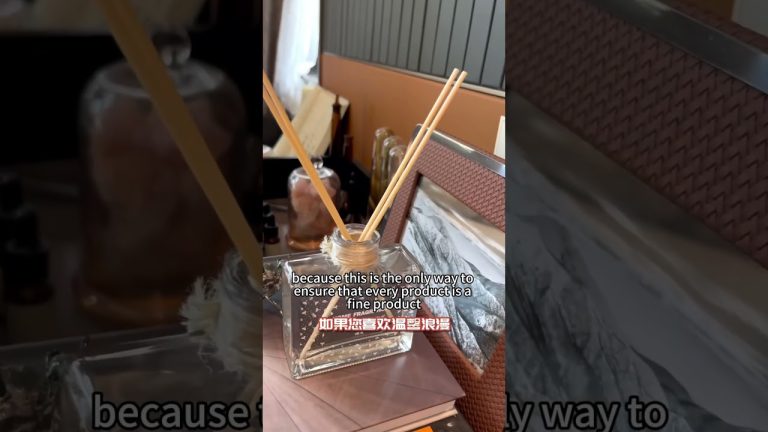Table of Contents
Benefits of Removing Old Paint Before Repainting a Car
When it comes to repainting a car, one of the key decisions that needs to be made is whether or not to remove the old paint before applying the new coat. While it may seem like an unnecessary step, there are actually several benefits to removing old paint before repainting a car.
One of the main benefits of removing old paint before repainting a car is that it allows for a smoother and more even finish. When old paint is left on the car, it can create a bumpy surface that can affect the adhesion of the new paint. By removing the old paint, you can ensure that the new paint goes on smoothly and evenly, resulting in a professional-looking finish.
Another benefit of removing old paint before repainting a car is that it allows for better adhesion of the new paint. When old paint is left on the car, the new paint may not adhere properly, leading to peeling and flaking. By removing the old paint, you can create a clean surface for the new paint to adhere to, ensuring a long-lasting finish.
In addition to creating a smoother finish and better adhesion, removing old paint before repainting a car can also help to prevent rust and corrosion. Old paint can trap moisture and dirt, creating the perfect environment for rust to develop. By removing the old paint, you can eliminate this risk and protect your car from rust and corrosion.
Furthermore, removing old paint before repainting a car can also help to improve the overall appearance of the vehicle. Old paint can become faded and dull over time, detracting from the overall look of the car. By removing the old paint and applying a fresh coat, you can restore the car’s appearance and give it a new lease on life.
While there are many benefits to removing old paint before repainting a car, it is important to note that this process can be time-consuming and labor-intensive. It requires the use of specialized tools and equipment, as well as a good deal of patience and attention to detail. However, the results are well worth the effort, as removing old paint can help to ensure a professional-looking finish that will last for years to come.
In conclusion, there are several benefits to removing old paint before repainting a car. From creating a smoother finish and better adhesion to preventing rust and corrosion, removing old paint can help to improve the overall appearance and longevity of your vehicle. While the process may be time-consuming, the results are well worth the effort. So, if you are considering repainting your car, be sure to take the time to remove the old paint first for the best possible outcome.
Steps to Properly Remove Old Paint Before Repainting a Car
When it comes to repainting a car, one of the most important steps is properly removing the old paint. Many people wonder if it is necessary to remove the old paint before applying a new coat. The short answer is yes, it is essential to remove old paint before repainting a car. Failure to do so can result in a poor paint job that will not last long and may even lead to further damage to the vehicle’s surface.
There are several reasons why it is important to remove old paint before repainting a car. First and foremost, old paint can prevent the new paint from adhering properly to the surface of the car. This can result in peeling, bubbling, or flaking of the new paint, which will not only look unsightly but can also expose the metal underneath to rust and corrosion. Additionally, old paint may have imperfections such as scratches, dents, or chips that will be visible through the new paint if not properly addressed.
To properly remove old paint before repainting a car, there are several steps that should be followed. The first step is to thoroughly clean the surface of the car to remove any dirt, grease, or other contaminants that may be present. This can be done using a degreaser or a mild detergent and water. Once the surface is clean, it is important to sand the old paint to create a smooth and even surface for the new paint to adhere to. This can be done using sandpaper or a sanding block, starting with a coarse grit and gradually moving to a finer grit to achieve the desired smoothness.
| Commodity Name | Diffuser Sets |
| Material | Metal |
| Suitable for | Gymnasium |
| Scents | Ginger & Lemon, Lavender & Rosemary |
| Capacity | Multiple Scent |
| Color | Red |
| Origin | China Manufacturer |
| Duration | 40-60days |
After sanding the old paint, it is important to remove any dust or debris from the surface of the car. This can be done using a tack cloth or a clean, dry cloth. Once the surface is clean and smooth, it is time to apply a primer to the car. Primer is essential for ensuring proper adhesion of the new paint and can also help to seal any imperfections in the surface of the car. It is important to choose a primer that is compatible with the type of paint you will be using for the topcoat.
After applying the primer, it is time to apply the new paint to the car. It is important to follow the manufacturer’s instructions for mixing and applying the paint to ensure a smooth and even finish. Once the new paint has been applied, it is important to allow it to dry completely before handling or driving the car. This can take anywhere from a few hours to a few days, depending on the type of paint and the environmental conditions.
In conclusion, it is essential to remove old paint before repainting a car to ensure a professional-looking finish that will last for years to come. By following the proper steps for removing old paint and applying new paint, you can achieve a beautiful and long-lasting paint job that will make your car look like new.
Common Mistakes to Avoid When Removing Old Paint Before Repainting a Car
When it comes to repainting a car, one of the most common questions that arises is whether or not you have to remove the old paint before applying a new coat. While it may seem like a daunting task, removing old paint is an essential step in the repainting process. However, there are some common mistakes that people make when removing old paint that can lead to a less-than-perfect finish. In this article, we will discuss some of these mistakes and how to avoid them.
Scent Diffuser One of the most common mistakes that people make when removing old paint is not properly preparing the surface before starting the process. It is important to thoroughly clean the surface of the car before attempting to remove the old paint. This will help ensure that the new paint adheres properly and provides a smooth finish. Additionally, failing to clean the surface can result in the new paint peeling or chipping off prematurely.
Another common mistake that people make when removing old paint is using the wrong tools or techniques. It is important to use the proper tools and techniques when removing old paint to avoid damaging the surface of the car. For example, using a harsh chemical stripper on a delicate surface can cause damage and lead to costly repairs. Instead, it is recommended to use a gentle paint remover and a soft-bristled brush to gently remove the old paint.
Additionally, it is important to avoid rushing the process of removing old paint. Taking your time and being patient will ensure that the old paint is removed properly and that the new paint adheres correctly. Rushing the process can result in a sloppy finish and may require additional touch-ups in the future.
https://reedaromalab.com/tag/high-quality-scented-candle-price-china
One of the most important things to remember when removing old paint is to wear proper safety gear. This includes gloves, goggles, and a mask to protect yourself from harmful chemicals and fumes. It is also important to work in a well-ventilated area to avoid inhaling toxic fumes.

Another common mistake that people make when removing old paint is not properly sanding the surface before applying the new coat. Sanding the surface will help create a smooth and even surface for the new paint to adhere to. Failing to sand the surface can result in a bumpy finish and may require additional sanding and touch-ups.
In conclusion, removing old paint before repainting a car is an essential step in the process. However, there are some common mistakes that people make when removing old paint that can lead to a less-than-perfect finish. By properly preparing the surface, using the right tools and techniques, taking your time, wearing proper safety gear, and sanding the surface, you can avoid these common mistakes and achieve a professional-looking finish.





